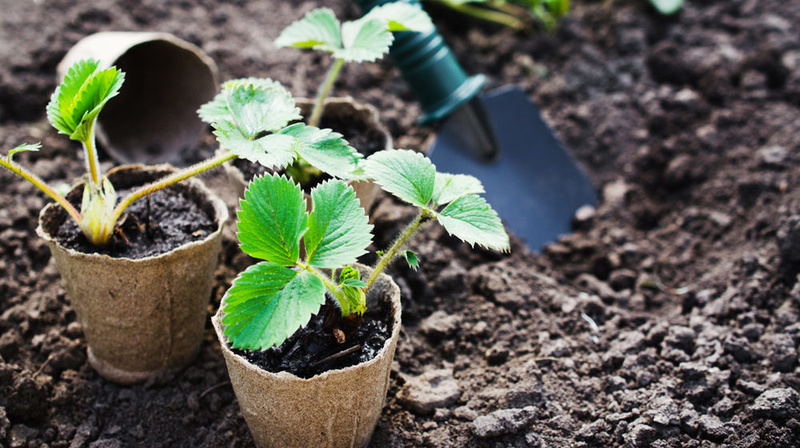
Fall Landscaping Tasks for Florida Homeowners
Summer ends on September 22nd, and the time has come for homeowners to tackle their fall lawn and garden maintenance tasks. Plant cool-weather crops and flowers, adjust irrigation schedules, and prepare for fertilizer and herbicide application for a thriving autumn lawn.
With summer quickly coming to a close, it’s time for homeowners across the country to gear up for fall. Although fall in Florida may mean iced pumpkin spice lattes instead of hot ones and no wave of orange-hued leaves, this season still brings changes in the weather and changes to your landscape’s needs.
While it’s nowhere near scarf season, the sweltering days of summer are subsiding, and less humid weather is coming soon. This calls for transitioning out of summer gardens with cool-weather vegetables and flowers, adjusting irrigation schedules to accommodate the end of the rainy season, and implementing turfgrass maintenance measures.
Start Cool-Weather Crops
If you kept a summer garden, you likely have just a few heat-loving vegetables like sweet potatoes and okra. Thankfully, autumn temperatures allow for increased crop options. You can now plant fall veggies, including cabbage, carrots, collard greens, and broccoli.
No matter the season, proper ground preparation is key. Remove all plant parts and debris left from the summer garden and check the pH level of the soil; add nutrients if needed. Allow two or three weeks to work in organic matter and till the soil.
Don’t forget that now is strawberry planting time, too! Visit your local nursery to get young plants and note growing recommendations for your area. Strawberries need space to spread, frequent watering, and regular feeding.
Swap Out Summer Flowers
To ensure you have a vibrant garden all year long, plant cool-weather bulbs and annuals now. Here are some of our favorites:
- North Florida: Impatiens, Phlox, Snapdragon, Sweet Pea
- Central Florida: Ageratum, Alyssum, Celosia, Coleus, Marigold, Periwinkle, Sunflower, Torenia, Wax Begonia, Zinnia
- South Florida: Amaranthus, Asters, Baby’s Breath, Nicotania, Periwinkle, Phlox, Scarlet Sage, Zinnia
Additionally, visit your local nursery and look for these bulbs: Calla, Elephant’s Ear (there are numerous varieties), or Zephyr Lily.
Do some maintenance work on your perennials; they need to be established in the ground before frosts and freezes come around. If any have outgrown their space, separate and replant them.
Adjust Irrigation Systems
Given the near-daily downpours seen through the summer, most homeowners turn off their sprinkler systems entirely during the season. The rains are slowing down, however, and you’ll need to set a new watering schedule. We recommend running the system manually to prevent overwatering and assessing your lawn’s needs as you do so. As the dry season settles in, establish a routine irrigation schedule based on your observations.
Fall Lawncare Tasks
Prepare for your first fall fertilizer application. Many Florida municipalities have strict fertilizer bans through September to prevent excessive runoff during the rainy season, which causes groundwater and lake pollution. This doesn’t mean you can’t prepare, though. Seek out information from your landscaping company about your turfgrass needs and get the appropriate fertilizer with their input. Typically, a healthy lawn requires a 16-4-8 mixture of nitrogen, phosphorous, and potassium.
Apply a pre-emergent herbicide to prevent winter weeds instead of dealing with them once they come up. Don’t apply the herbicide until nighttime temperatures have been below 60 degrees for four consecutive days. Look out for turfgrass pests, including the sod webworm, chinch bug, fall armyworm, and mole cricket. If you notice any signs of pest damage, contact your pest control company to perform an inspection.